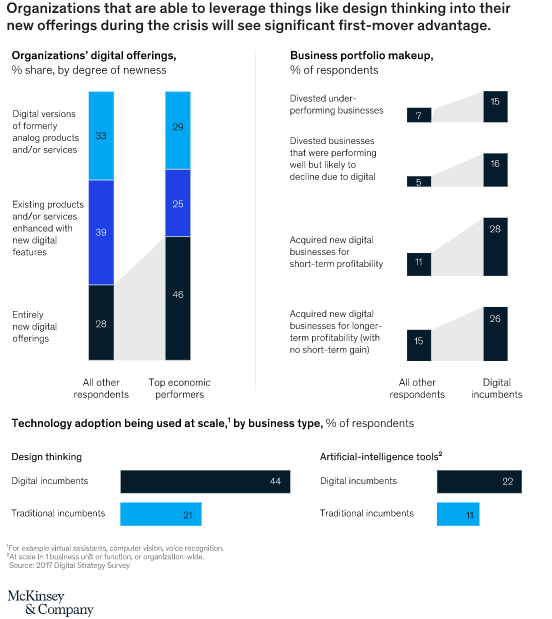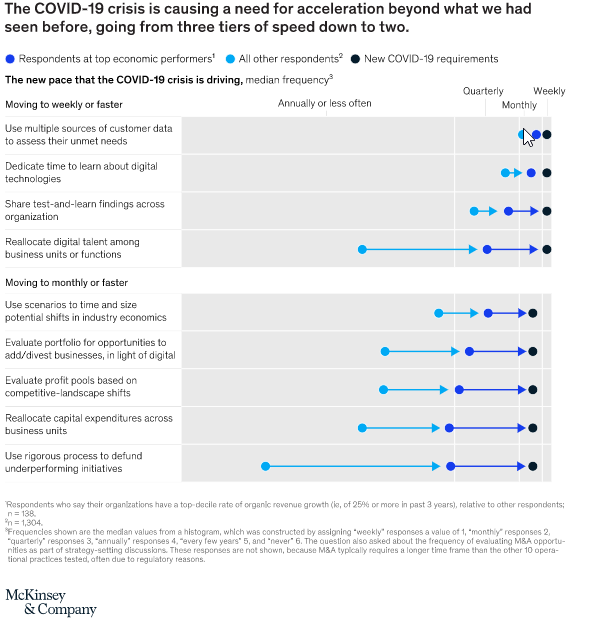The surge in digital acquisition and content consumption that some brands are experiencing will soon come to a halt with current levels of incremental spending and time spent viewing content simply not sustainable and unlikely to endure long into a prolonged public health crisis and significant recessionary environment.
The new normal will be an even fiercer battle for customers and viewers as people battle to balance their budgets in the face of rising job insecurity and reduce their overall content consumption as they adjust to the new environment. Furthermore, with increased pressure on production and innovation pipelines, businesses will also not be as able to lean on “new” to lead the pitch for their services, putting further pressure on growth.
One answer will be to invest ever more money into targeting advertising to potential customers or viewers, over and over and over again and hoping that “your” message is the most compelling. However, an oft overlooked opportunity is to win the battle of customer experience and to invest in really putting your customer/viewer first. This requires both technological ingenuity but crucially advanced capability in knowing what people want now and observing and adjusting to evolving customer needs as we move into new phases of the public health and economic crisis.
Listening and observing to customer need should be the crucial step-off point for all acquisition and viewer growth strategies as it inevitably leads to enhanced performance, especially in moments of crisis and change. This is evidenced in the recent McKinsey Report “Digital strategy in a time of crisis” (April 2020), where businesses who invest in “design thinking” and new technology to aid product development outperform those who miss this crucial step.

Furthermore, the same report identifies how the most economically successfully business are increasing the frequency and variety of ways of identifying “unmet need” over the Covid-19 crisis, moving to weekly assessment of customer data.

This of course makes perfect sense as knowing both how people feel and what experiences they want should shape influences such as messaging, timing, propositional focus, platform development, content development and pricing. At a time of record volatility, uncertainty and anxiety, brands need to know and rapidly adjust their strategies to mirror changing needs and start asking new questions:
- “How should we reshape our offering in the face of rising anxiety and the subsequent rise in “mood-repair” where people look for ways that will help them minimise their stress?
- “How should a rise in the importance of trust in purchase decisions effect the type of content we make and the way we promote our offering?”
Crucially, having the support and infrastructure to listen, observe, analyse and act will be key as many needs are as yet unknown, as expressed by Gartner in their recent report “Adapt your marketing strategy for Covid-19”:
“Among marketing’s greatest challenges is foreseeing how customer wants, needs, expectations and purchasing decisions will evolve,” says Augie Ray, VP Analyst, Gartner. “Customers themselves won’t know until COVID-19 infections, fears and restrictions occur in their workplaces, locales and lives.”
The challenge of not adjusting to peoples mindsets is writ large when Edelman Trust Barometer reports that “71% say that if they perceive a brand is putting profit over people, they will lose trust in that brand forever”. A stark warning for any brand looking to grow who is not sensitive to just how dramatic the impact can be of hitting the wrong emotion note.
As the impact of the Covid-19 pandemic unfolds people’s behaviour has and will continue to adjust and, to win the battle of customers, brands will need to be aware and adapt quickly to these changing needs. This requires a people-centric approach to sit at the heart of brands thinking as it is not only the right thing to do but the most economically advantageous. A time when doing the right thing really is doing the right thing.
This article was written by our Managing Director, Tom Laranjo, and was originally published in Marketing Tech News. To read the original article, visit their website.






